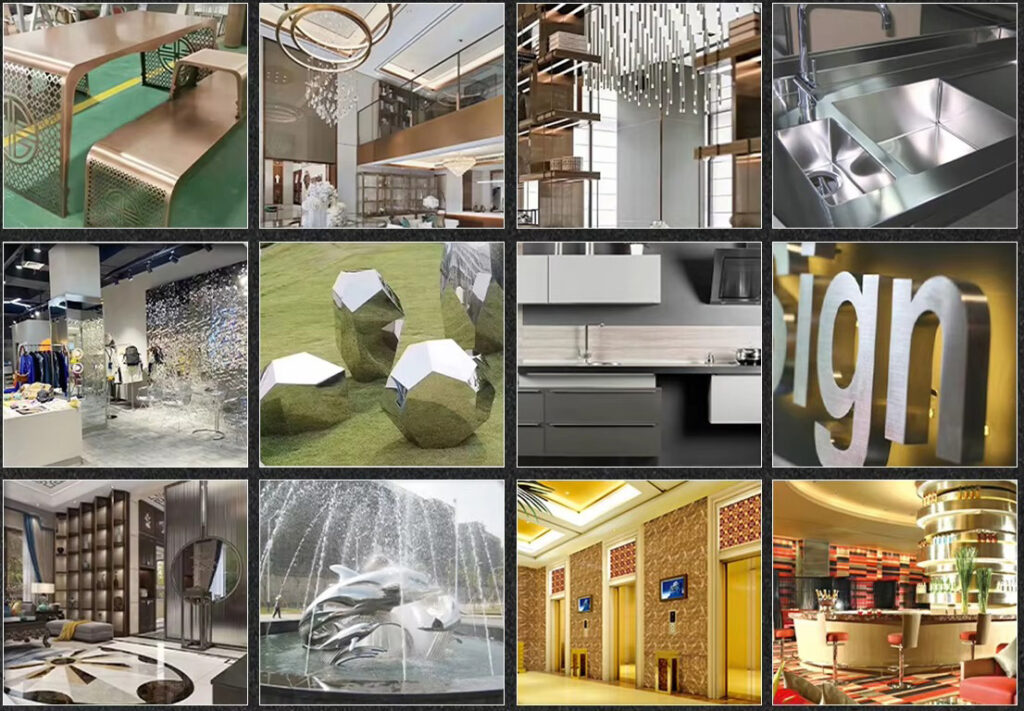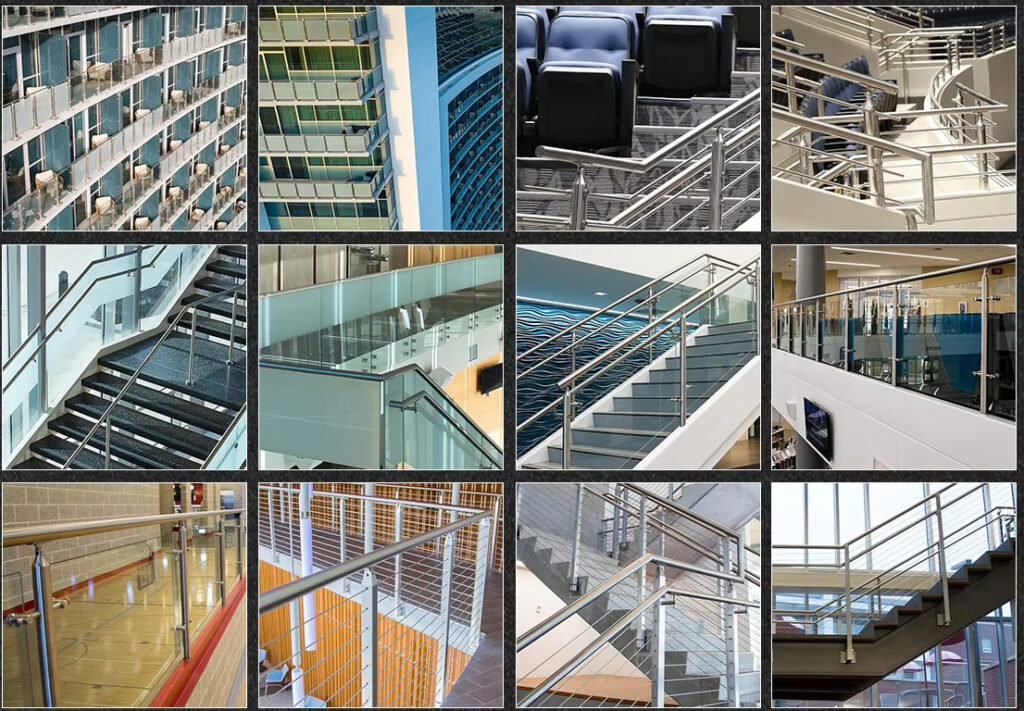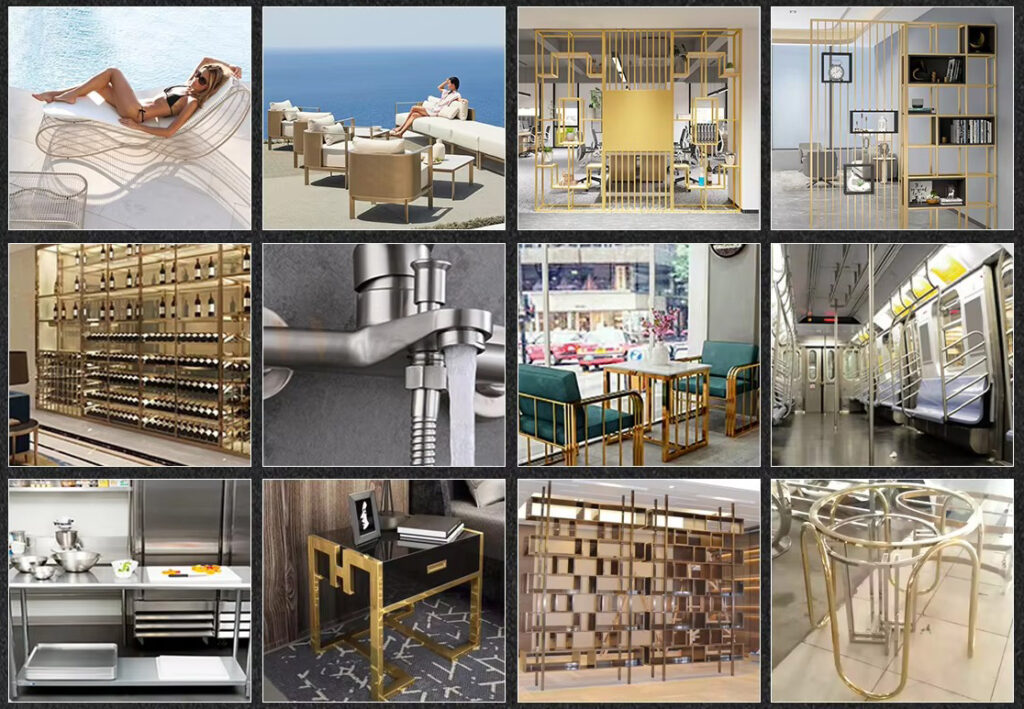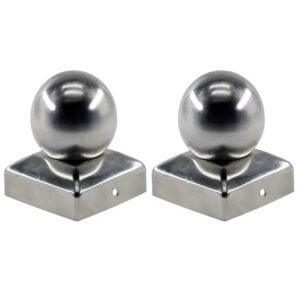
Post caps & end caps (round, square, decorative)
Post caps & end caps in 316L stainless steel. 23 years precision manufacturing for decorative applications worldwide. Request quote today.

Post caps & end caps in 316L stainless steel. 23 years precision manufacturing for decorative applications worldwide. Request quote today.
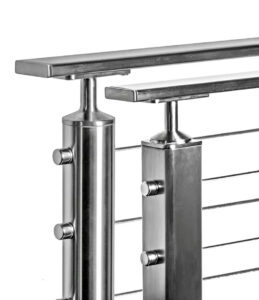
Square stainless steel posts in 304/316L grades. 23 years precision manufacturing for coastal projects worldwide. Request quote today.
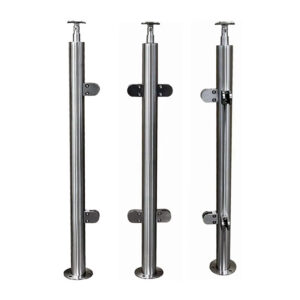
Stainless steel posts in 304/316L grades. 23+ years ODM fabrication for marine & commercial applications. Contact factory today.
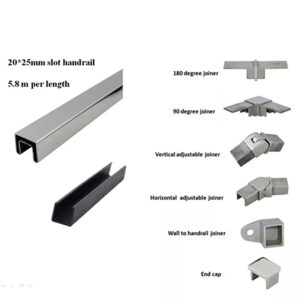
Square top rail components in 316L stainless steel. 23+ years precision manufacturing for global applications. Contact factory today.
Project-specific hardware in 316L stainless steel. 23 years delivering tailored solutions for specialized projects worldwide. Get factory quote today.
Non-standard size components in 316L stainless steel. 23+ years ODM manufacturing for unique sizing requirements globally. Contact us today.
| Specification | Our 316L Stainless Steel Brackets | Standard 304 Brackets | Aluminum Brackets | Wood Brackets |
|---|---|---|---|---|
| Material Grade | 316L Marine-Grade Stainless | 304 Standard Stainless | 6061-T6 Aluminum | Treated Hardwood |
| Corrosion Resistance | Exceptional (25+ years coastal) | Good (15-20 years inland) | Moderate (10-15 years) | Poor (requires treatment) |
| Load Capacity | 250+ lbs concentrated load | 225 lbs concentrated load | 175 lbs concentrated load | 125 lbs concentrated load |
| Wall Clearance | 1.5″-4.5″ (code compliant) | 1.5″-4.5″ (code compliant) | 1.5″-4.5″ (code compliant) | Custom routing required |
| Temperature Range | -40°F to 800°F | -40°F to 600°F | -80°F to 400°F | Variable with humidity |
| Installation Method | Pre-drilled mounting holes | Pre-drilled mounting holes | Pre-drilled mounting holes | Custom drilling required |
| Surface Finish Options | Brushed, Mirror, Satin | Brushed, Satin | Powder coated only | Stained, painted |
| Mounting Hardware | 316L stainless steel included | 304 stainless steel included | Aluminum/steel mixed | Galvanized steel |
| Deflection Under Load | <2mm at 200lbs | <3mm at 200lbs | <8mm at 200lbs | <12mm at 200lbs |
| Maintenance Frequency | Annual inspection only | Bi-annual inspection | Quarterly touch-ups | Annual refinishing |
| UV Resistance | Permanent stability | Permanent stability | Coating degradation | Finish deterioration |
Enhanced Molybdenum Content for Marine Applications
Our 316L stainless steel wall mount brackets contain 2-3% molybdenum, providing exceptional resistance to chloride attack and pitting corrosion that destroys standard 304 stainless steel within 8-10 years in coastal environments. This marine-grade composition ensures our brackets maintain structural integrity for 25+ years in saltwater conditions where aluminum systems fail due to galvanic corrosion and coating breakdown.
Code-Compliant Load Distribution System
Our brackets exceed IBC requirements by delivering 250-pound concentrated load capacity while maintaining proper 1.5″-4.5″ wall clearance specifications. Unlike aluminum brackets that experience significant deflection under load, our 316L construction provides rigid support that prevents handrail movement and maintains safety compliance throughout decades of service. The integrated load distribution design transfers forces directly to wall studs without stress concentration.
Precision-Engineered Mounting Geometry
Our L-shaped bracket design ensures optimal hand clearance while providing maximum structural support. The horizontal mounting plate extends at least 1.5″ below the handrail profile, meeting ADA compliance requirements for unobstructed hand passage. This geometry prevents the grip interference issues common with poorly designed brackets that violate accessibility standards.
Self-Healing Oxide Layer Protection
The chromium content in our stainless steel creates a self-regenerating oxide layer that provides automatic corrosion protection even when scratched or abraded. Unlike powder-coated aluminum brackets that require touch-up painting once the coating is damaged, our brackets maintain protection indefinitely through this natural passivation process.
Universal Substrate Compatibility
Our brackets accommodate concrete, steel, wood, and masonry wall construction through appropriate fastener selection. Each bracket includes load-rated mounting hardware designed for specific substrate types, ensuring proper attachment without requiring custom modification or additional reinforcement.
Luxury Coastal Residential Staircases
Perfect for oceanfront properties where continuous salt spray exposure demands marine-grade hardware. Our 316L brackets withstand storm conditions while maintaining the refined aesthetics essential for high-end coastal residences. Ideal for exterior staircases, waterfront decks, and pool areas where standard materials fail within 5-7 years.
High-Traffic Commercial Buildings
Engineered for office towers, hotels, and public buildings requiring ADA compliance and 200+ pound load capacity. Our brackets handle the dynamic loading from thousands of daily users while maintaining structural integrity under emergency egress conditions. Suitable for fire stairs, corridor handrails, and accessible ramp systems.
Healthcare and Institutional Facilities
Designed for hospitals, senior care facilities, and schools where hygiene and durability are paramount. Our non-porous stainless steel surface resists bacteria growth and simplifies infection control protocols while providing the reliability necessary for assisted mobility applications.
Marina and Dock Handrail Systems
Specifically formulated for saltwater immersion and marine organism exposure. Our brackets resist corrosion from barnacle attachment and cleaning chemicals while providing safety barriers that meet Coast Guard regulations for commercial dock installations.
Industrial and Manufacturing Environments
Built for factories and processing plants requiring OSHA compliance in corrosive atmospheres. Our brackets maintain load ratings when exposed to chemical vapors, high humidity, and temperature cycling that destroys painted alternatives within months.
Residential Accessibility Modifications
Ideal for home modifications supporting aging-in-place and disability accommodations. Our brackets provide the 200-pound support capacity required for transfer assistance while maintaining the aesthetic appeal necessary for residential environments.
What building codes apply to wall mount handrail bracket installations?
Wall mount brackets must comply with IBC Section 1014 requirements including 200-pound concentrated load capacity, 1.5″ minimum clearance from walls, and proper height positioning between 34″-38″ above stair treads or walking surfaces. Our brackets exceed these requirements while meeting ADA Standards for accessible design and OSHA requirements for commercial applications.
Why should I choose 316L over 304 stainless steel for wall mount brackets?
316L contains molybdenum that dramatically improves chloride resistance, extending service life to 25+ years in coastal environments where 304 stainless steel begins corroding within 3-5 years. Since wall mount brackets are integral to handrail safety and expensive to replace once installed, the longevity advantage of 316L justifies the cost premium, especially in marine or high-moisture applications.
How do I determine proper bracket spacing for code compliance?
Standard bracket spacing ranges from 4-6 feet depending on handrail material and load requirements. Building codes require handrails to support 50 pounds per linear foot distributed load plus 200-pound concentrated loads. Wall studs spaced 16″ on center typically require brackets positioned every 48″-72″ to ensure adequate structural support without exceeding deflection limits.
What wall substrates can accommodate wall mount bracket installations?
Our brackets work with concrete, CMU block, wood framing, and steel stud construction using appropriate anchoring systems. Concrete installations require expansion anchors rated for 400+ pound pull-out strength, while wood substrates need lag screws into solid framing members. Each substrate type has specific fastener requirements to achieve code-compliant load ratings.
How do stainless steel brackets compare to aluminum in terms of long-term costs?
While initial costs are 40% higher, stainless steel brackets provide superior lifecycle value through eliminated replacement and maintenance expenses. Aluminum brackets require coating touch-ups every 3-4 years at $15-25 per bracket, while our stainless steel systems maintain performance for 25+ years with only annual cleaning, reducing total ownership costs by 60%.
Can wall mount brackets be installed on drywall without backing?
Standard drywall cannot support handrail loads without solid backing. Installations require attachment to wall studs, blocking, or structural elements capable of handling 200-pound concentrated loads. Toggle bolts and drywall anchors are insufficient for code-compliant handrail installations and pose serious safety risks.
What maintenance is required for stainless steel wall mount brackets?
Our 316L brackets require only annual inspection and cleaning with mild soap and water. Check mounting fasteners for looseness and tighten as needed. Unlike aluminum systems requiring quarterly coating maintenance or galvanized hardware needing monthly corrosion monitoring, our brackets maintain performance with minimal intervention.
How do environmental conditions affect bracket material selection?
Marine environments require 316L stainless steel for chloride resistance, while inland applications can use 304 grade effectively. High-humidity areas like pools and coastal regions accelerate corrosion in aluminum and painted steel brackets. Temperature cycling in outdoor applications causes coating failure in non-stainless materials within 5-10 years.
Material Standards Compliance
Our wall mount brackets meet ASTM A240 specifications for 316L stainless steel chemical composition, ensuring consistent molybdenum content for superior corrosion resistance. All components comply with ASTM A554 standards for welded stainless steel mechanical tubing and ASTM A493 requirements for stainless steel hardware fittings. Certified mill test reports document chemical analysis and mechanical properties for quality verification.
Building Code Adherence
Systems comply with International Building Code (IBC) Section 1014 requirements for handrails and International Residential Code (IRC) Section R311 for residential applications. Load testing confirms 200-pound concentrated load capacity and 50-pound per linear foot distributed load resistance. ADA Standards compliance verified for proper clearance dimensions and accessibility requirements.
Structural Performance Testing
Each bracket design undergoes destructive testing to 750-pound minimum breaking strength, exceeding code requirements by 275%. Dynamic load testing simulates emergency egress conditions and seismic loading per ASCE 7 standards. Fatigue testing validates 2 million load cycles at working loads to verify long-term reliability under repeated use conditions.
Installation Standards Integration
Anchor specifications follow ICC-ES evaluation reports for post-installed fasteners in concrete and masonry substrates. Wood substrate connections comply with AWC National Design Specification requirements for lag screw applications. Steel stud attachment methods follow steel framing standards for proper load transfer and connection integrity.
Quality Management Certification
Manufacturing processes follow ISO 9001:2015 quality standards with documented material traceability from mill to finished product. All welding operations meet AWS D18.1 stainless steel fabrication requirements with certified welding personnel. Surface finish standards conform to ASTM A480 specifications for architectural stainless steel applications.
Environmental Performance Standards
316L material composition provides Category 5 corrosion resistance per ASTM B117 salt spray testing, validating 25-year service life in marine environments. UV stability testing confirms no degradation under ASTM G154 accelerated weathering protocols. Thermal cycling tests verify dimensional stability and fastener integrity across operating temperature ranges from -40°F to 800°F.
